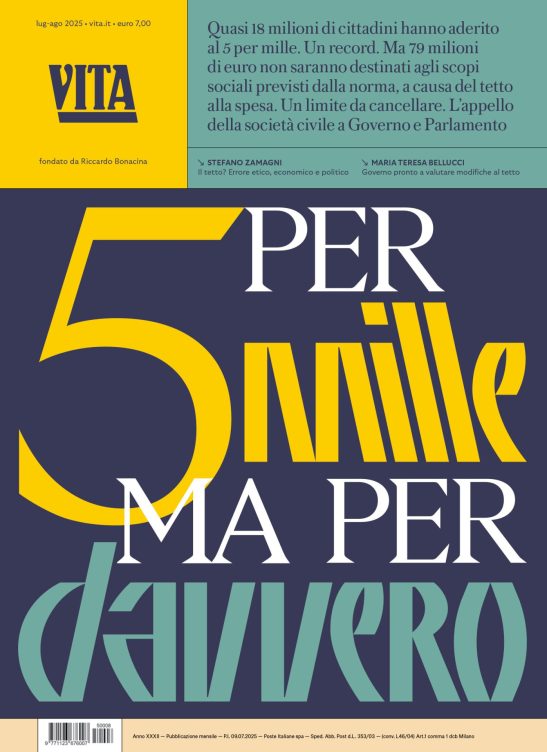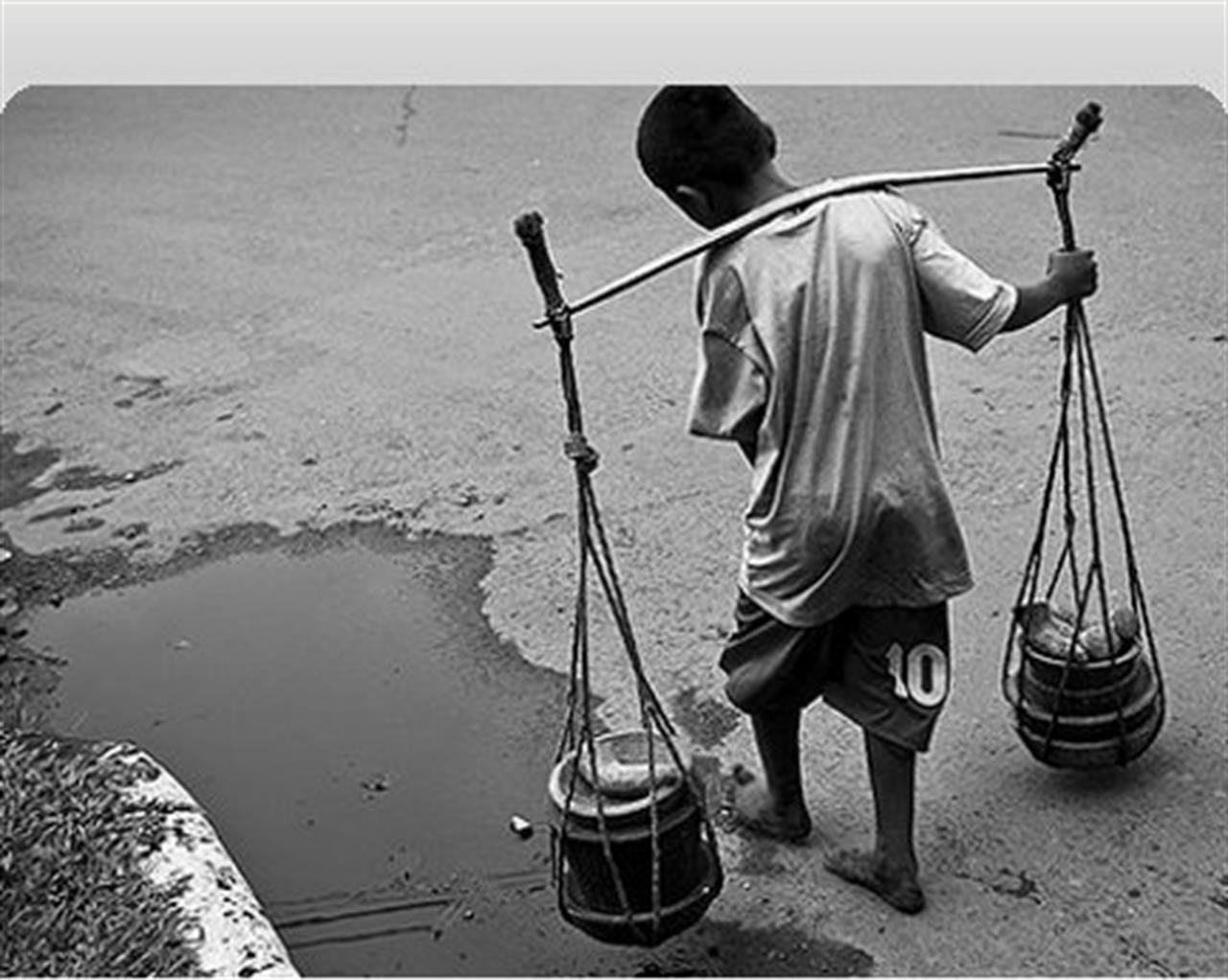All round the world, hundreds of millions of children are engaged in work that deprives them of adequate education, health, basic freedom and leisure, violating their rights.
The International Labour Organization (ILO) launched the World Day Against Child Labour in 2002 to raise awareness on the global extent of child labour and the action and efforts necessary to eliminate it.
The Day, which is observed on June 12th, is aimed at catalyzing the growing worldwide movement against child labour, reflected in the huge number of ratifications of ILO Convention No 182 on the worst forms of child labour and ILO Convention No 138 on the minimum age for employment. Millions of children have benefited from the Conventions, but much remains to be done. The latest figures estimated that 215 million children worldwide are trapped in child labour, with more than half of this number involved in its worst forms.
The World Day Against Child Labour brings together governments, ILO social partners, employers and workers organizations, civil society, the media, as well as millions of people all around the world to highlight the plight of child labour.
This year the World Day Against Child Labour will provide a spotlight on the right of all children to be protected from child labour and from other violations of fundamental human rights. In 2010 the international community adopted a Roadmap for achieving the elimination of the worst forms of child labour by 2016, which stressed that child labour is an impediment to children’s rights and a barrier to development. World Day 2012 will highlight the work that needs to be done to make the roadmap a reality.
On this World Day the ILO calls for:
– Universal ratification of the ILO’s Conventions on child labour (and of all ILO core Conventions)
– National policies and programmes to ensure effective progress in the elimination of child labour
– Action to build the worldwide movement against child labour
To read more on the World Day: http://www.ilo.org
17 centesimi al giorno sono troppi?
Poco più di un euro a settimana, un caffè al bar o forse meno. 60 euro l’anno per tutti i contenuti di VITA, gli articoli online senza pubblicità, i magazine, le newsletter, i podcast, le infografiche e i libri digitali. Ma soprattutto per aiutarci a raccontare il sociale con sempre maggiore forza e incisività.

